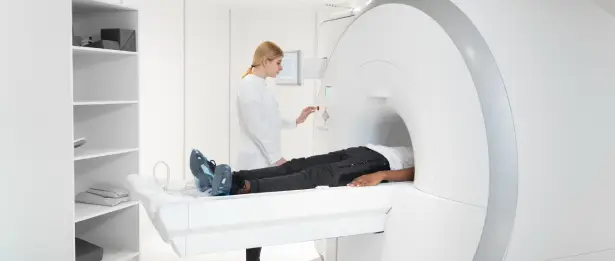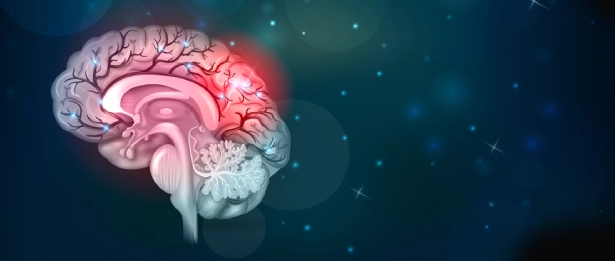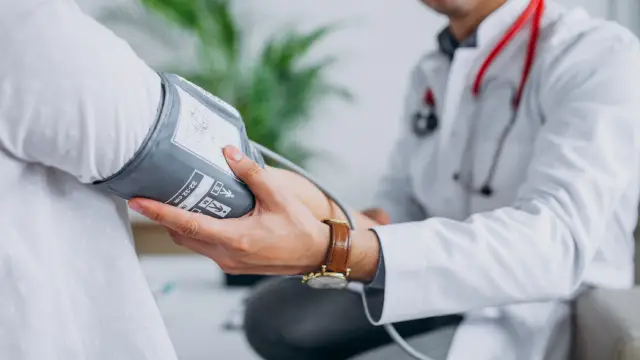Whole Body MRI

Whole Body MRI is used to detect tumours at an early stage. The whole body image acquisition process is completed in approximately 40-45 minutes. In Whole Body MRI, the person does not receive radiation as in other MR applications.
Whole Body MRI can be applied as a complement to people who have a high risk of cancer or who are concerned about it and who have routine check-ups in this regard.
MR (Magnetic Resonance) is an imaging method that has been used for many years to diagnose many diseases and is widely used in post-treatment follow-up. Today, MRI can also be used for check-up screening purposes in people who are not sick and do not have any complaints.
What is Whole Body MRI?
Whole Body MRI scanning is offered as a complementary advanced check-up model for those who have cancer risk or concern and have routine check-ups in this regard. The whole body, including the brain and neck, is imaged in a single session.
It can be used for check-up purposes. MRI, which has so far been applied only for suspected areas, scans the whole body in a single session.
In this method, the body is usually scanned in pieces spaced 5 mm apart and the digital data is then edited into a single piece by an automatic software programme. It takes about minutes to take the images.
With Whole Body MR scanning, it is aimed to obtain information before the disease findings occur and the tumour spreads. People with familial tumour risk can have this examination.
It is recommended to be used in combination with classical screening methods to detect breast, lung, prostate and gastrointestinal tumours at an early stage.
People who are curious about their health status and people at risk of familial tumours can have this examination.
It allows early detection of many types of tumours, including brain, musculoskeletal and musculoskeletal tumours, without clinical findings.
The standard images of Whole Body MRI, which is a method designed for cancer screening, do not include vascular (vessel) screening programmes.
However, due to the high bleeding risk and frequency of ballooning in the cerebral vessels called aneurysms, Cranial MR Angiography examination is performed without contrast material with a 5-minute programme in patients who request it.
Patients who are at risk and concerned about cardiovascular disease are recommended to have a check-up with Coronary CT Angiography.
Which Organs Does Whole Body MRI Scan?
Whole Body MRI scans start from the brain first. Then, the neck, lung and chest cage are taken.
The process continues with the examination of the liver, pancreas, kidney, adrenal gland and other abdominal organs and bladder.
The prostate and testicles in men and the uterus and ovaries in women are scanned. In addition, the bones and muscles (except the arms) are examined up to below the knee in the same session.
In tumour screening of the lung, breast, prostate and gastrointestinal system, it must be used in conjunction with other classical screening methods in order not to miss early findings.
For whole body MRI, the patient wears metal-free clothes or a patient gown suitable for MRI. A device called 'coil' with receiving antennas is placed on the patient. The procedure is the same as a routine MRI scan.
While the patient is stationary, the MRI device's moving table takes shots starting from the brain to other regions as programmed.
The patient has to lie still on the MRI table for 45 minutes.
The patient is asked to hold his/her breath for no more than 20 seconds during the abdominal and chest areas.

.webp)
.webp)






